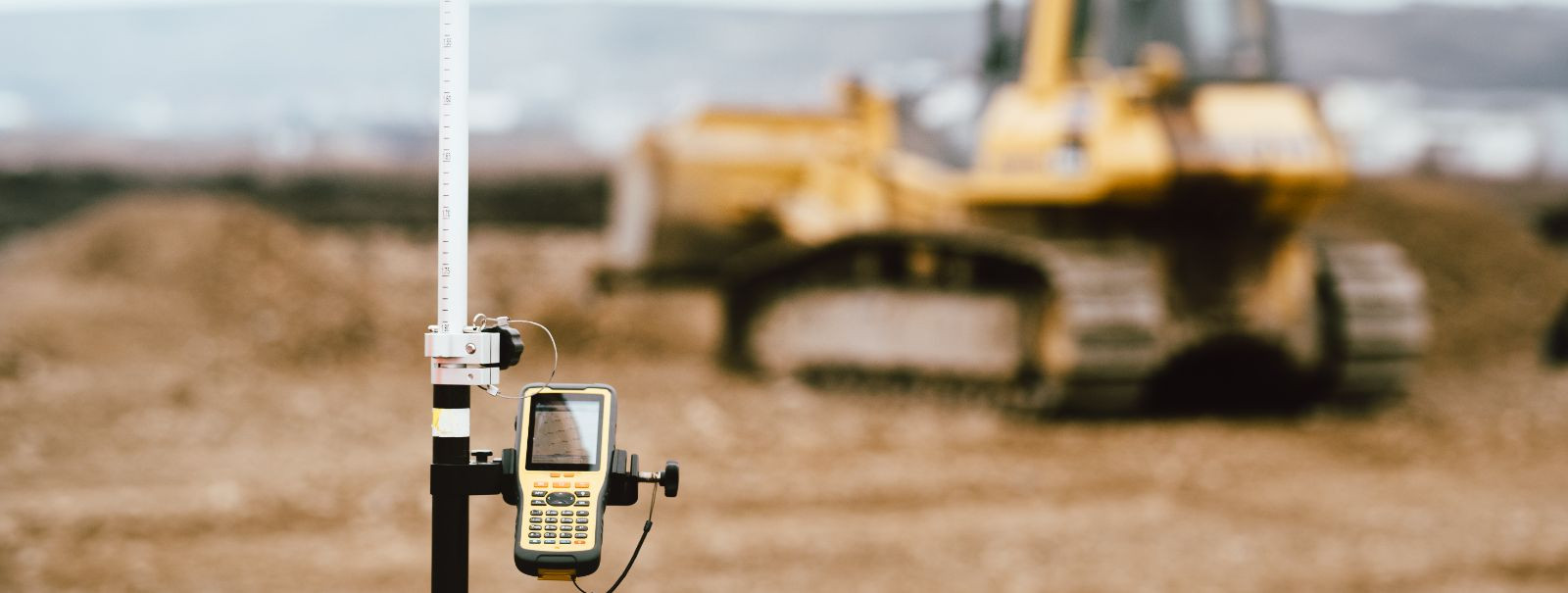Building inventories: maximizing your real estate investments
Building inventories are comprehensive records that detail all aspects of a property, from physical structures to legal documentation. They serve as a critical tool for real estate investors, providing a clear picture of what they own, the condition of their assets, and any potential liabilities or restrictions associated with them.
For real estate investors, building inventories are not just a list of properties; they are a strategic asset. A well-maintained inventory can help in making informed decisions, ensuring compliance with regulations, and maximizing the value of investments over time.
Components of a Comprehensive Building Inventory
An inventory should include detailed information about the physical state of buildings, such as age, design, construction materials, and any recent renovations or repairs.
Understanding the land and its environmental conditions is crucial. This includes topography, soil type, and any environmental hazards or protections in place.
Legal documents such as deeds, zoning regulations, and building codes are integral to a building inventory, ensuring that all investments comply with local laws and regulations.
Utilizing Geodetic Data in Building Inventories
Geodetic data provides precise measurements of the Earth's surface, which is essential for accurate property boundary delineation and understanding topographical features that can impact development.
Accurate geodetic data aids in planning and development, allowing for the optimization of land use and ensuring that structures are built in suitable locations.
Geodetic data is not only useful during the initial phases of investment but also plays a crucial role in the ongoing management and maintenance of real estate assets.
Technological Advancements in Building Inventory Management
Geographic Information Systems (GIS) and remote sensing technologies have revolutionized the way building inventories are managed, providing dynamic and layered data analysis.
3D modeling and Building Information Modeling (BIM) offer a digital representation of physical and functional characteristics of a property, enhancing the understanding and management of buildings.
Drones have become an invaluable tool for real estate investors, offering a cost-effective means to survey land and monitor construction progress.
Strategies for Maximizing Real Estate Investments
Keeping building inventories up-to-date is vital for accurate valuation and for making strategic decisions regarding property enhancements or disposals.
Effective use of building inventories allows for better forecasting of market trends and strategic planning to optimize investment returns.
Identifying potential risks through a detailed inventory can help in implementing measures to mitigate those risks, protecting the value of the investment.






Comments (0)